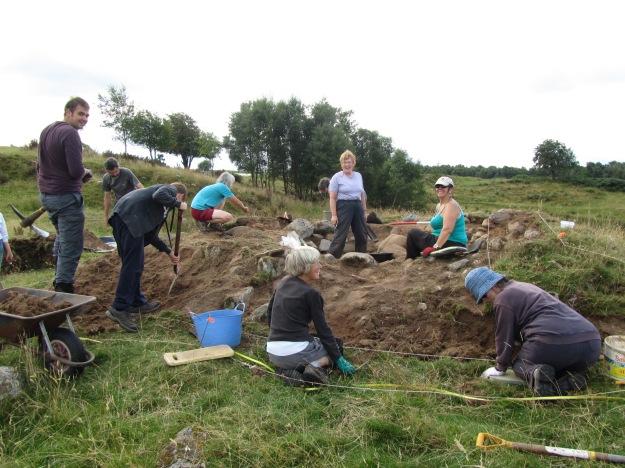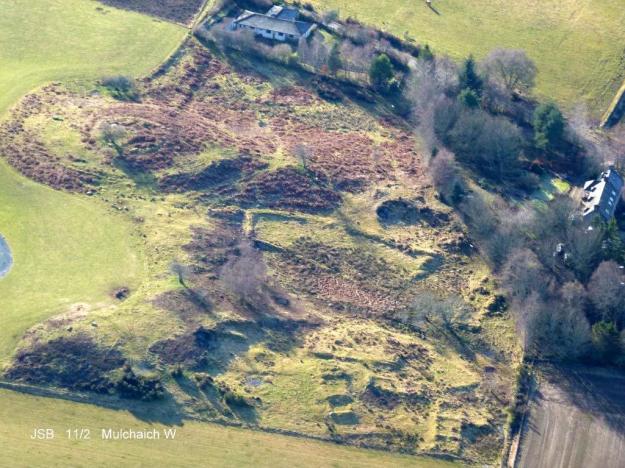by Marion Ruscoe

Petty Bay lies approximately 5 miles east of Inverness. Today it’s bypassed by the A96, but a map of 1798 shows that the original road from Inverness to Ardersier and Fort George looped off the Inverness-Nairn route at Allanfearn and joined the present B9039 at Castle Stuart Farm. The 1st edition 25” Ordnance Survey map indicates a track running down between Castle Stuart and Castle Stuart Farm, and following the coast out to the point.
The area was clearly much busier than it is today.
The Old Statistical Account (OSA) notes that there are no harbours in this area of the Moray Firth, but
there are two or three places within this parish [Petty] where safe and commodious harbours for small vessels might be made at a small expense.
One of the places was Petty Bay, and goods were often unloaded there to avoid the shore dues in Inverness. Adverts in the local press encouraged this practice. Winter’s map of 1760 highlights this by drawing three sailing vessels in the bay. In addition to the commercial and foreign trade activity, there were fishing communities along the coastline of Petty Parish, from Alturlie Point to Ardersier. Evidence of all this activity can be found round the Bay and these have been recorded by SCAPE – a stone alignment which may be a slipway at Alturlie Point (15433); a possible jetty at Clattach (15487); a stone alignment which may be a fish trap to the east of Alturlie Point (15432); pier posts and fishing structures at Newton of Petty (15455).

In addition there’s evidence of abandoned boats around the bay. At Clattach, SCAPE records a ballast mound which may be part of a boat graveyard (15466) and there are the remains of a wooden clinker-built fishing boat at Lonnie (15464). There are also several ballast mounds and decayed timbers at the eastern end of the Bay.





















